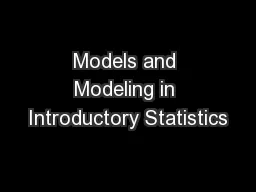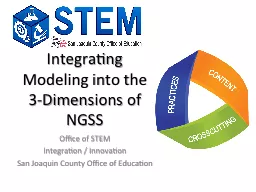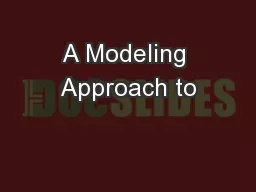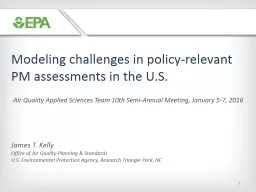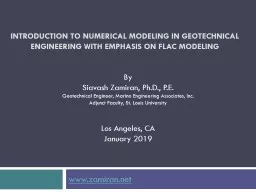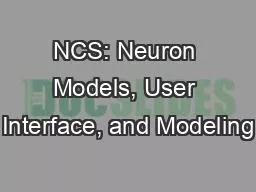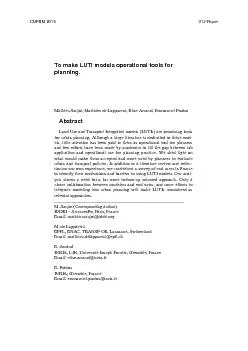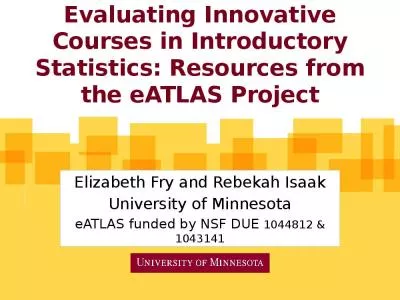PPT-Models and Modeling in Introductory Statistics
Author : lois-ondreau | Published Date : 2016-11-13
Robin H Lock Burry Professor of Statistics St Lawrence University 2012 Joint Statistics Meetings San Diego August 2012 What is a Model What is a Model A simplified
Presentation Embed Code
Download Presentation
Download Presentation The PPT/PDF document "Models and Modeling in Introductory Stat..." is the property of its rightful owner. Permission is granted to download and print the materials on this website for personal, non-commercial use only, and to display it on your personal computer provided you do not modify the materials and that you retain all copyright notices contained in the materials. By downloading content from our website, you accept the terms of this agreement.
Models and Modeling in Introductory Statistics: Transcript
Download Rules Of Document
"Models and Modeling in Introductory Statistics"The content belongs to its owner. You may download and print it for personal use, without modification, and keep all copyright notices. By downloading, you agree to these terms.
Related Documents

